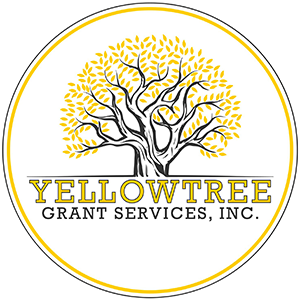Demonstrating Success with Percentage Increase Statistics
Using statistics in funding proposals is always recommended to objectively demonstrate program success. Strategically, using percentage increases rather than “just the numbers” can tell a more compelling story, especially for programs that are growing and improving. Let’s first look at how to calculate a percentage change, which for those more comfortable with words than numbers, does not require a degree in mathematics! To calculate the percentage change:
Subtract the starting number from the final number: 35-22=13
Divide the result by the starting number: 13/22=.59
Convert the result to a percentage by multiplying by 100: .59x100=59%, which in this case is the percentage increase. However, if the result is a negative number, it’s a percentage decrease.
Compare the impact narrative: “Over the school year we increased the number of participants by 13” with “Over the school year we had a 59% increase in participants”. Percentage increases provide a clear and easily understandable way to communicate growth and stand out to funders, who are more likely to respond to and remember the “59% increase” than the actual numbers.
Providing both is also compelling and gives additional context: “Over the school year, we had a 59% increase in the number of participants (from 22 to 35)”. It is also very effective when demonstrating year-over-year comparisons and helps to clearly illustrate why funding is needed to meet increasing demand.
Reporting program performance as a percentage to stakeholders is also effective in highlighting success and encourages their further commitment to the program.
Percentage increases can be a valuable tool in grant proposals to illustrate a program’s growth and achievements, but they should be used in conjunction with other quantitative and qualitative data and presented clearly as you make your case for funding.
